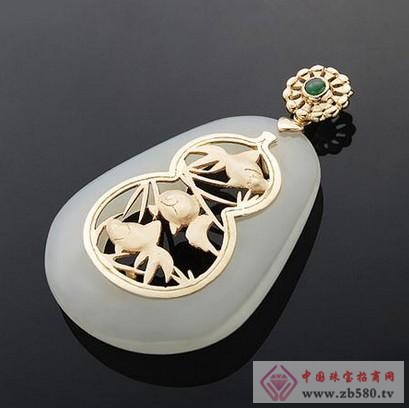Introduction to Jewelry Mosaic
The fascinating and exquisite jewellery in the counters and in the window is awesome, and many beautiful jewellery making techniques are amazing. It is hard to imagine that people can make such exquisite works of art by hand.

For centuries, the production of jewellery and decorative handicrafts has remained dominated by primitive traditional handcrafts. Although modern machines have been used to produce and process jewellery, the stencils of various jewellery must be made by hand. Obviously, no matter how advanced the machine, making jewelry is still inseparable from the manual. Today, the inlay processing of precious jewellery is still handmade. Thousands of people in the world use their mosaic technology, which is almost identical to the original traditional crafts, to process jewellery in their own workshops. Their processing tools are very simple. The production process is also not complicated. However, they need extraordinary imagination, excellent design skills and skilled production techniques to create extraordinary and versatile jewelry art.
Jewelry inlays have become more sophisticated over the centuries. Produced a lot of very fine, world-renowned jewelry art. These precious jewellery pieces are often treasured among the royal aristocrats. Inheriting and carrying forward the traditional mosaic craftsmanship has also created a number of highly skilled craftsmen. For example, in the middle of the 18th century, Russian genius palace jewellery maker Bogiya had produced many famous jewellery products, the most famous of which was the crown he made for the coronation ceremony of Catherine II. With its incomparably gorgeous quality, it has won praises from the world. of course. Modern industrial mechanization has a huge impact on traditional jewellery making. The cumbersome and complicated machinery and equipment can produce bright, delicate and slender necklaces that can be used to pull precious metals into silk and compress them into tablets. Large punches can punch in many different patterns of inlays. Precision casting technology can cast a batch of jewelry holders, making it possible to mass-produce jewelry. Sealed electric polishing not only makes processing faster, but also makes jewelry more luminous. This equipment not only prevents contamination, but also recovers precious metals. The application of the ultrasonic cleaning machine greatly reduces the labor intensity. It is easy to clean the polished jewelry in batches. It is easy to clean some jewelry that is difficult to clean by hand in the ultrasonic machine. Complex plating and etching techniques can give a jewellery a beautiful coat in a short time.
China's traditional jewellery inlays have a long history and are known for their skill and skill. Exquisite gold ornaments unearthed from sites such as Sanxingdui and Jinsha, gold and silver jewellery from Han and Tang Dynasties, Beijing Palace Museum collects many crowns, jewels and inlaid handicrafts of the Ming and Qing dynasties. The processing techniques are fine and the beauty of the sculpture is evident. Modern Chinese have created many gold and jewelry inlay processing bases in Hong Kong, Singapore, Thailand and other regions. Chinese jewellery craftsmen have inherited and promoted Chinese traditional culture. Most of the gold and jewellery inlays they produced have Chinese unique styles, not only Chinese. And other people in Asia like it, Europeans and Americans also like it. Chinese technologists have also produced many jewellery exports with European-style styles according to the customs of Europe. They have won many markets in Europe and America due to their exquisite craftsmanship and good quality.
Today, China's gold jewelry industry has made tremendous development. The annual consumption of gold jewelry in the country far exceeds 200 billion yuan, and the consumption of yellow platinum jewelry ranks first in the world. Jewelry, jade, and Hetian jade are also among the best in the world.
With the improvement of living standards, people's demand for jewellery will be further strengthened, and higher requirements will be placed on the inlay processing of jewellery. Because of the different opinions of the individual, some people even pursue self-expression and highlight their own style. In the market, there are no inlaid ornaments that you can imagine, so some people want to design and make their own hands. Jewelry rings or necklaces made with their own hands are given to lovers, lovers, relatives and friends. This is a piece. What a fascinating thing! However, there are few domestic books on jewellery inlays, especially in machine setting operations.
Although China's jewellery production has a long history, domestic jewellery inlay technology, especially the technical information of machine-mounted production, is rarely seen. Jewelry Mosaics provides a comprehensive and systematic introduction to the basic methods of jewellery making, the process of jewellery setting, equipment, plate making, casting, molding, inlaying and polishing techniques, as well as the properties of precious metal materials used in jewellery making. The characteristics and maintenance of the main gemstones are very useful learning and reference materials for the jewelry inlay processing industry and beginners and jewelry makers throughout the country.
Suzhou Makeit Technology Co., Ltd , https://www.psffiber.com
